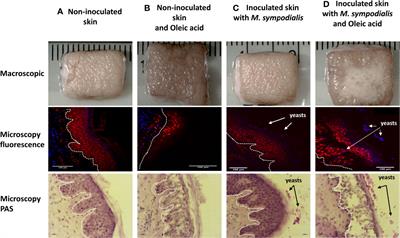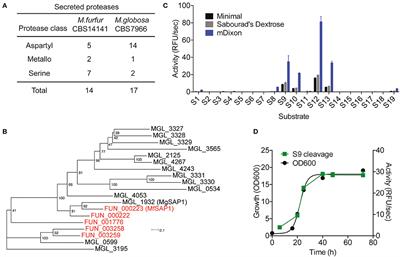EDITORIAL
Published on 19 Feb 2021
Editorial: Malassezia: A Skin Commensal Yeast Impacting Both Health and Disease
doi 10.3389/fcimb.2021.659219
- 2,981 views
- 3 citations
37k
Total downloads
393k
Total views and downloads
EDITORIAL
Published on 19 Feb 2021
REVIEW
Published on 26 Jan 2021

ORIGINAL RESEARCH
Published on 21 Jan 2021

REVIEW
Published on 07 Aug 2020

REVIEW
Published on 28 Jul 2020

BRIEF RESEARCH REPORT
Published on 22 Jul 2020

ORIGINAL RESEARCH
Published on 15 Jul 2020

MINI REVIEW
Published on 26 May 2020

MINI REVIEW
Published on 05 May 2020

ORIGINAL RESEARCH
Published on 30 Apr 2020

BRIEF RESEARCH REPORT
Published on 09 Apr 2020

REVIEW
Published on 20 Mar 2020

